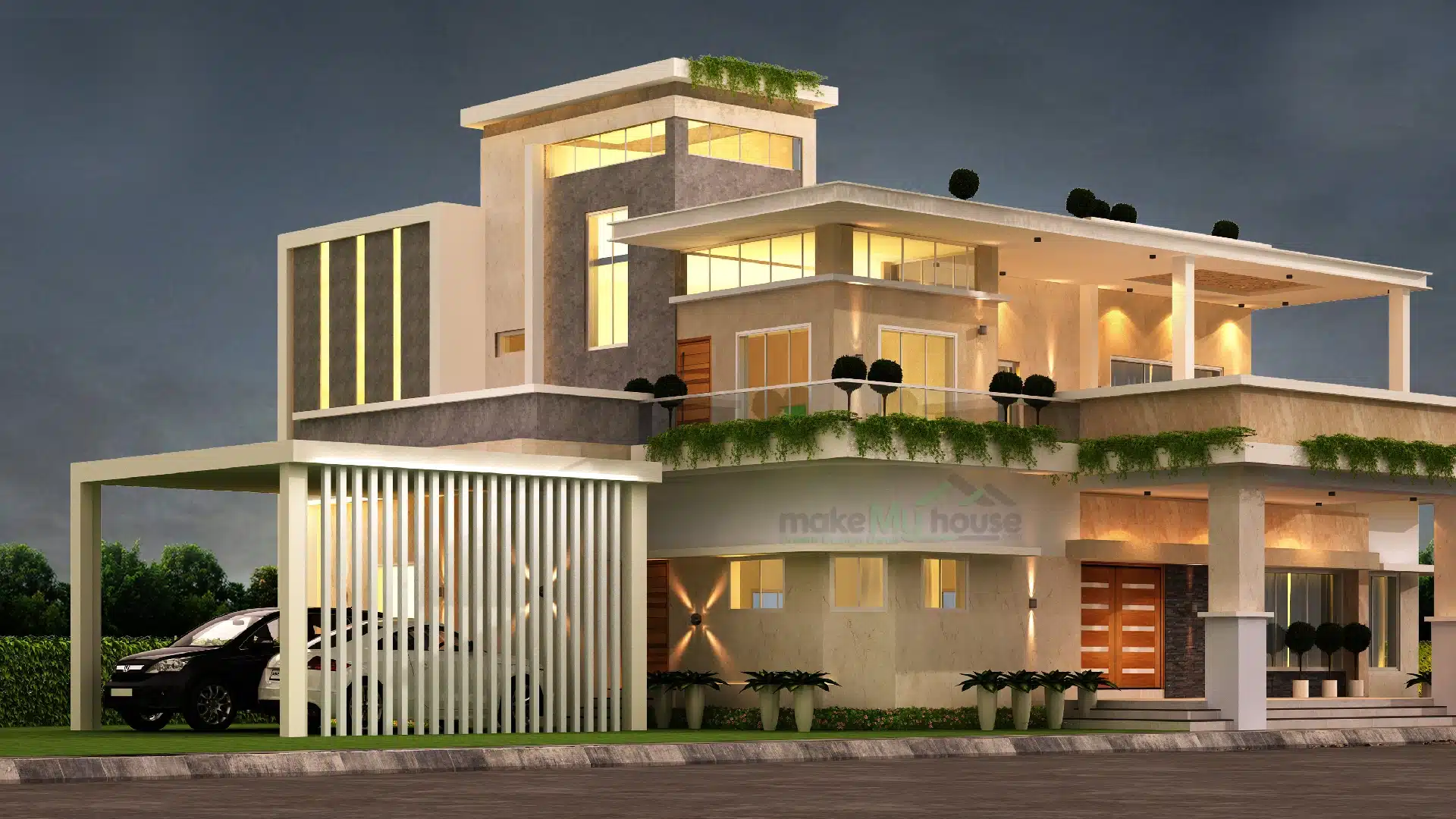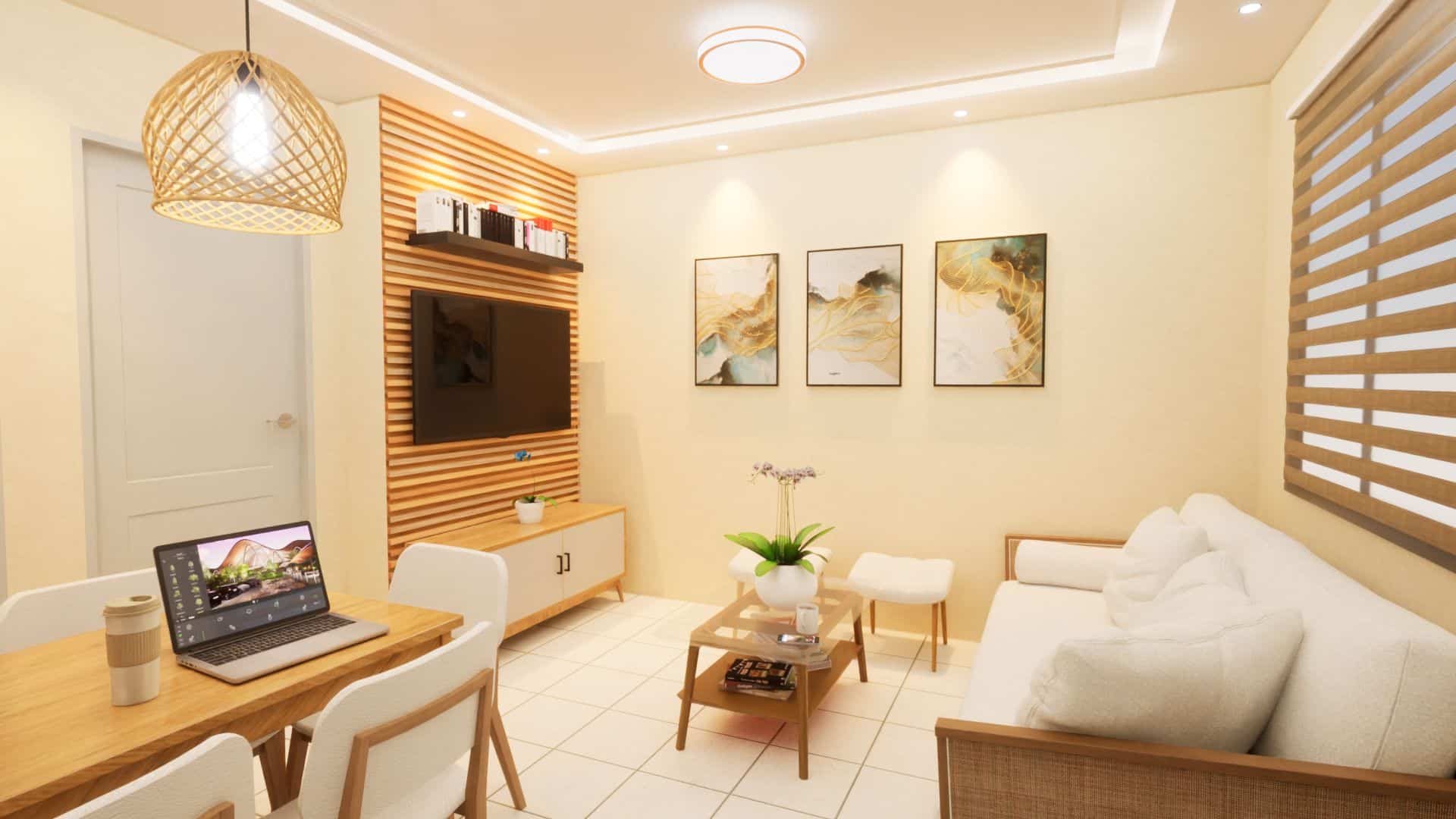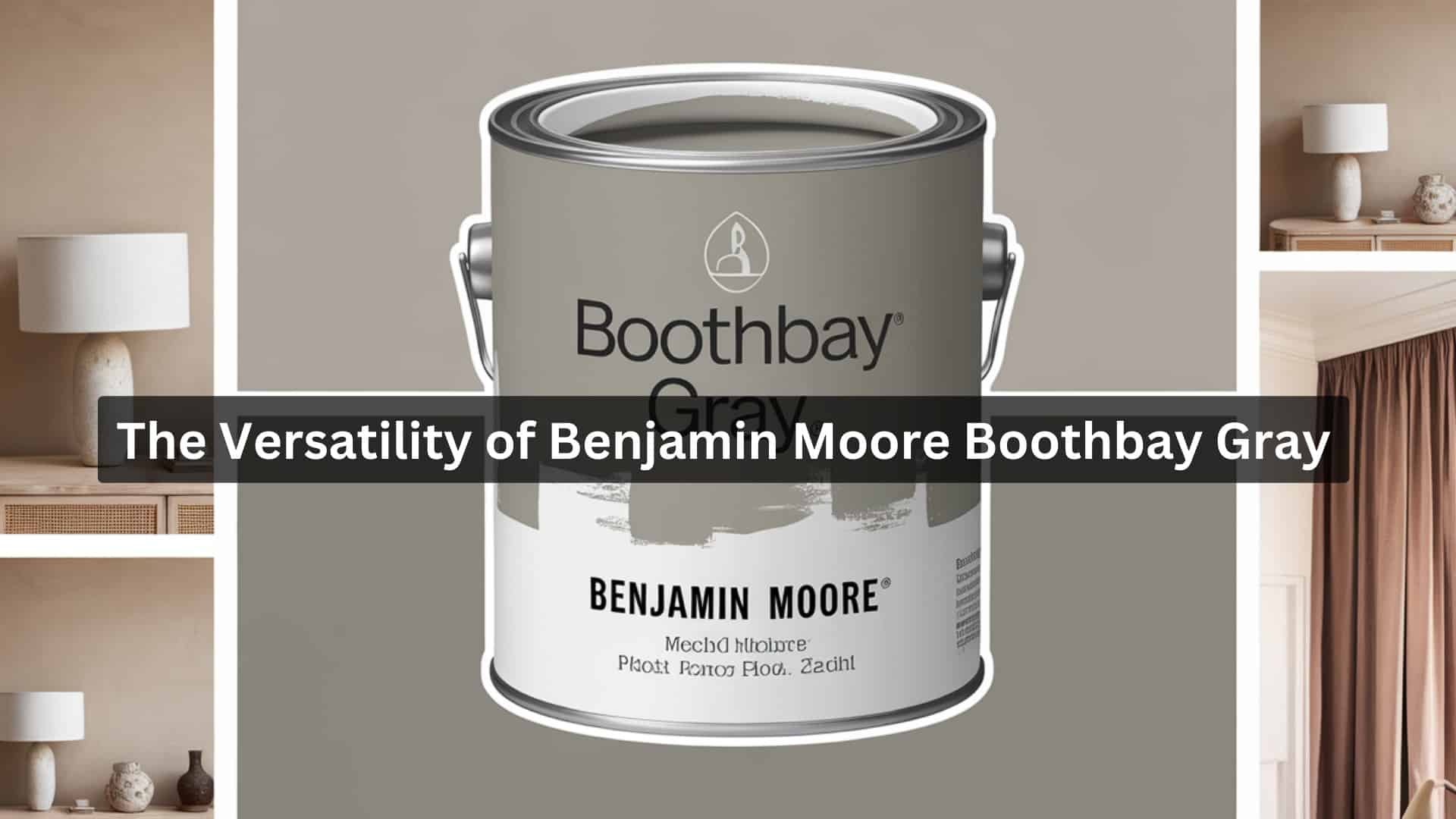The Foundation of Excellence: Exploring the Importance of Structural Integrity in Home Design
When envisioning your dream home, considerations like layout, aesthetics, and functionality often take center stage. However, beneath the surface, lies a critical aspect that forms the backbone of every home: structural integrity.
The structural integrity of a building encompasses its ability to withstand various forces, from gravity and weather elements to seismic activity and time. In this blog, we’ll delve into why this is paramount in home design, residential roofing, and construction.
Ensuring Safety and Stability
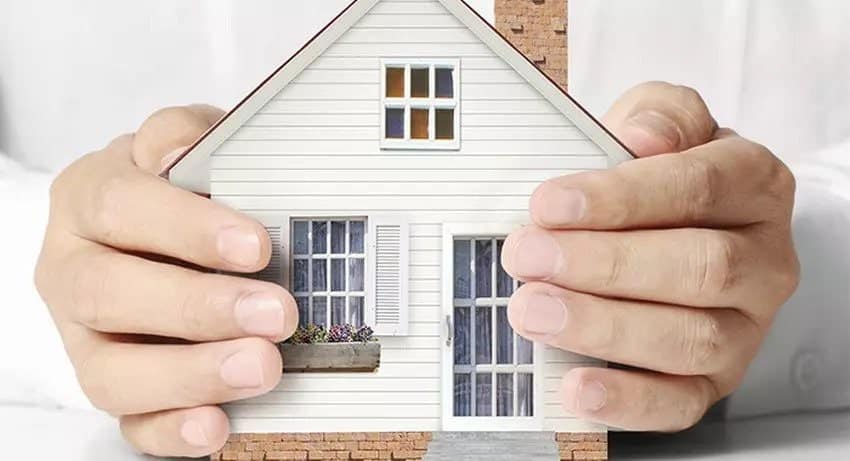
Engineers meticulously calculate loads, stresses, and potential vulnerabilities to design buildings that can withstand both predictable and unforeseen circumstances. In prioritizing structural integrity, homeowners can rest assured that their dwelling provides a secure environment for themselves and their loved ones.
Protecting Long-Term Investment
A well-built home with strong structural integrity is an investment that pays dividends over time. A solid foundation and framework reduce the risk of costly repairs and maintenance issues down the line.
Certain deficiencies can lead to a cascade of problems, from sagging floors and cracked walls to compromised plumbing and electrical systems.
Investing in quality roofing company in Calgary and construction and materials upfront ensures the longevity and durability of the home, preserving its value for years to come. Homeowners can enjoy peace of mind knowing that their investment is built to last and withstand the test of time.
Supporting Architectural Vision and Design
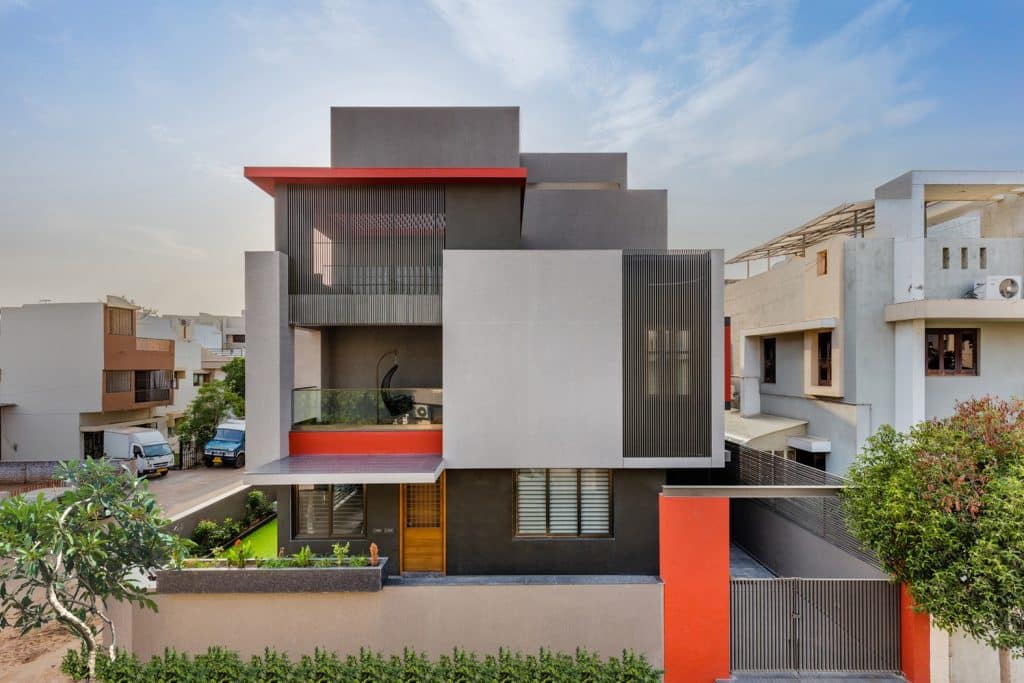
A well-engineered frame provides the necessary support for innovative architectural features, such as expansive open spaces, soaring ceilings, and intricate roof designs. Engineers collaborate closely with architects to translate creative concepts into practical realities while maintaining the integrity and stability of the building.
By striking a balance between aesthetics and structural soundness, homeowners can achieve their desired architectural vision without compromising on safety or performance.
Adapting to Environmental Challenges
In an era of increasing environmental challenges, structural integrity is key to building homes that are resilient and sustainable.
Climate change, extreme weather events, and natural disasters underscore the importance of designing buildings that can withstand environmental pressures. Sustainable building practices, such as incorporating energy-efficient materials and designing for natural ventilation and daylighting, are integral to creating resilient structures.
Additionally, implementing measures to mitigate against seismic risks, flooding, and wildfires enhances the long-term viability and sustainability of homes in vulnerable regions. When one prioritizes integrity, homeowners can build resilient homes with proper residential roofing, all which can withstand environmental challenges and contribute to a more sustainable future.
Resisting External Forces and Hazards
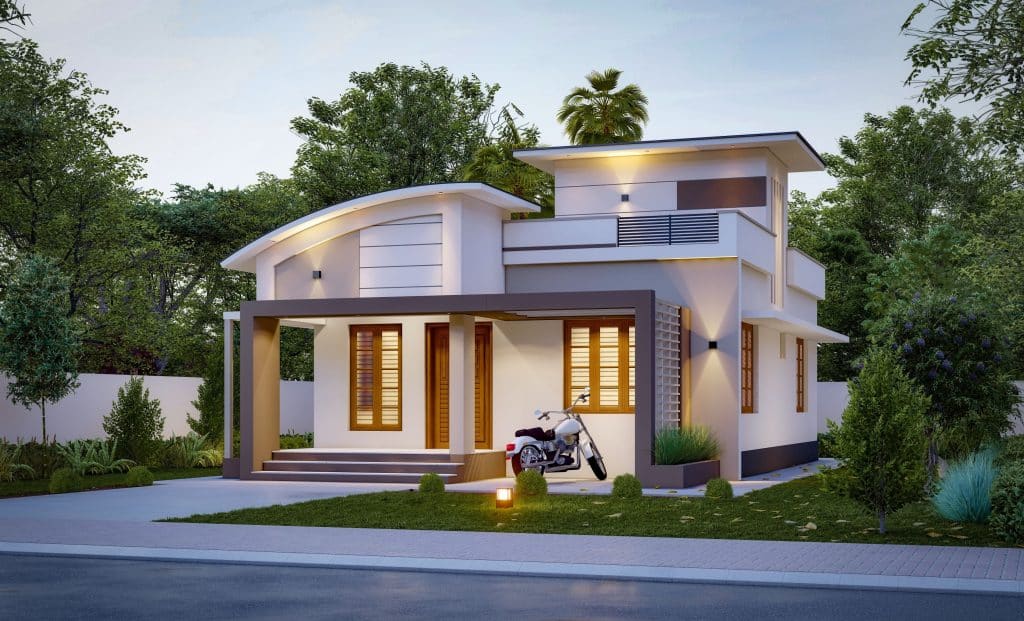
Additionally, in regions prone to seismic activity, such as earthquake-prone areas, this attention is essential for minimizing damage and ensuring the safety of residents.
When homeowners choose to incorporate seismic-resistant design principles and materials, they can mitigate the risk of failure during earthquakes and other natural disasters.
Enhancing Energy Efficiency
Structural integrity plays a significant role in enhancing energy efficiency and comfort within homes. Airtight construction and well-insulated building envelopes help minimize heat loss and air leakage, reducing the need for heating and cooling energy.
And, properly designed elements, such as thermal mass and passive solar design features, can help regulate indoor temperatures and improve comfort levels year-round.
Supporting Interior Design and Functionality
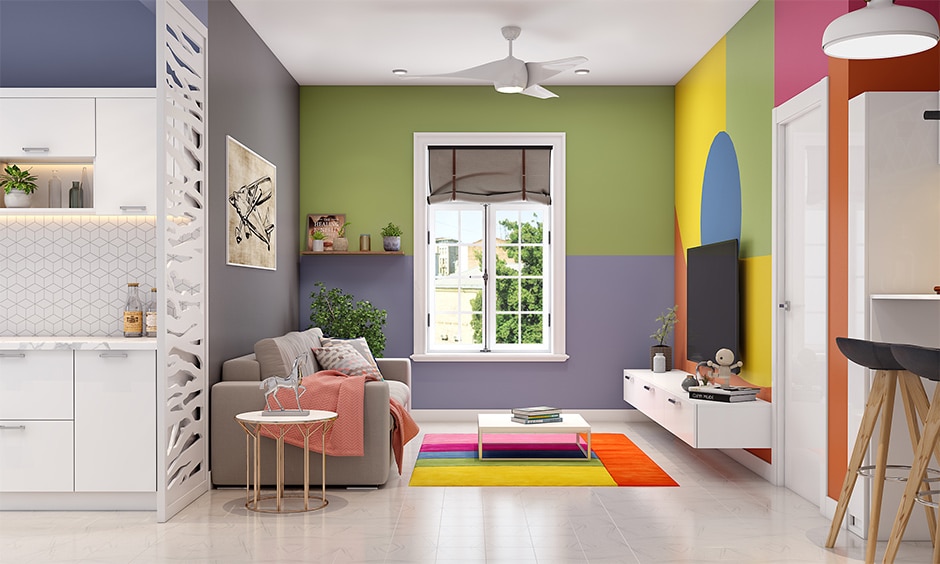
If homeowners ensure structural integrity, they can achieve their desired interior design aesthetic while maintaining stability and safety. Whether opting for an open-concept layout or partitioned rooms, a well-engineered design forms the canvas upon which concepts come to life.
Facilitating Future Expansion and Renovation
A well-designed structure allows for flexibility and adaptability, making it easier to modify or extend the home as needs evolve over time. Whether adding an additional floor, expanding living spaces, or incorporating new features, a solid foundation provides the framework for seamless integration of changes.
By considering potential future modifications during the initial design phase, homeowners can future-proof their homes and ensure that everything remains intact, regardless of future alterations.
Residential Roofing and Structural Integrity
Structural integrity forms the foundation of excellence in home design, residential roofing, and construction. It ensures safety, stability, and longevity while supporting architectural creativity and sustainability.
By investing in quality work, homeowners can protect their investment, safeguard their well-being, and contribute to a built environment that stands the test of time.
Whether embarking on a new construction project or renovating an existing home, prioritizing structural integrity is essential for creating spaces that are not only beautiful and functional but also safe, resilient, and enduring.

